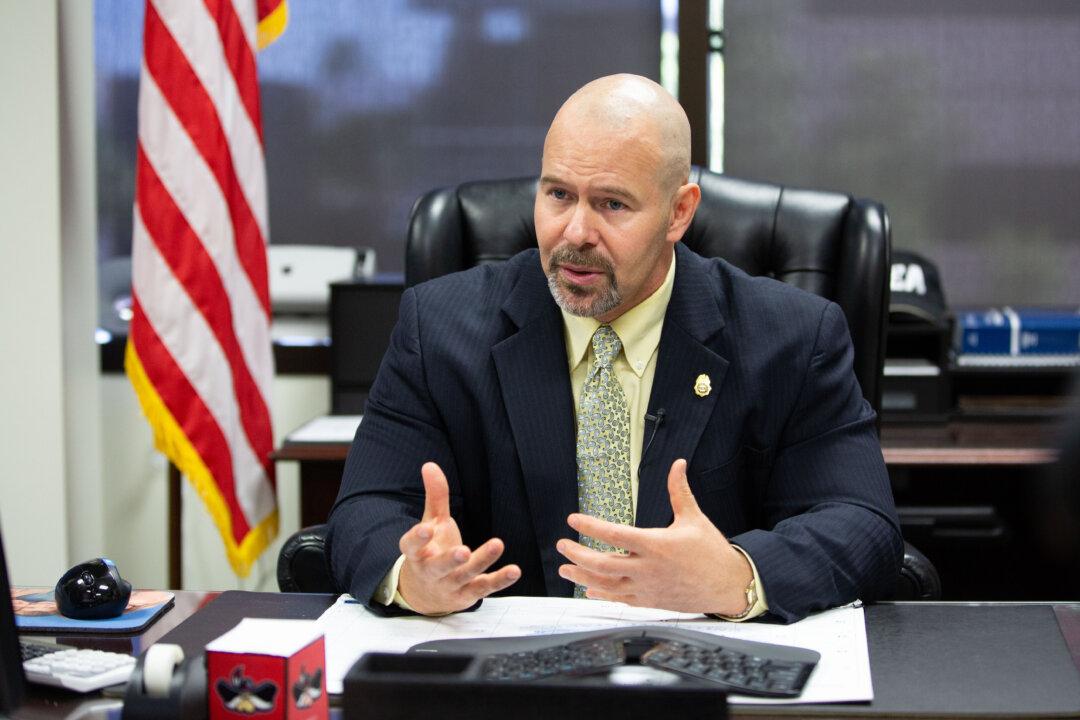PHOENIX, Arizona—The cat-and-mouse game has gone on for decades. The players have changed, and the communications are more sophisticated, but the game is the same.
Drug cartels in Mexico send as much illicit contraband, and people, into the United States as possible, while law enforcement agencies north of the border try to catch them.





